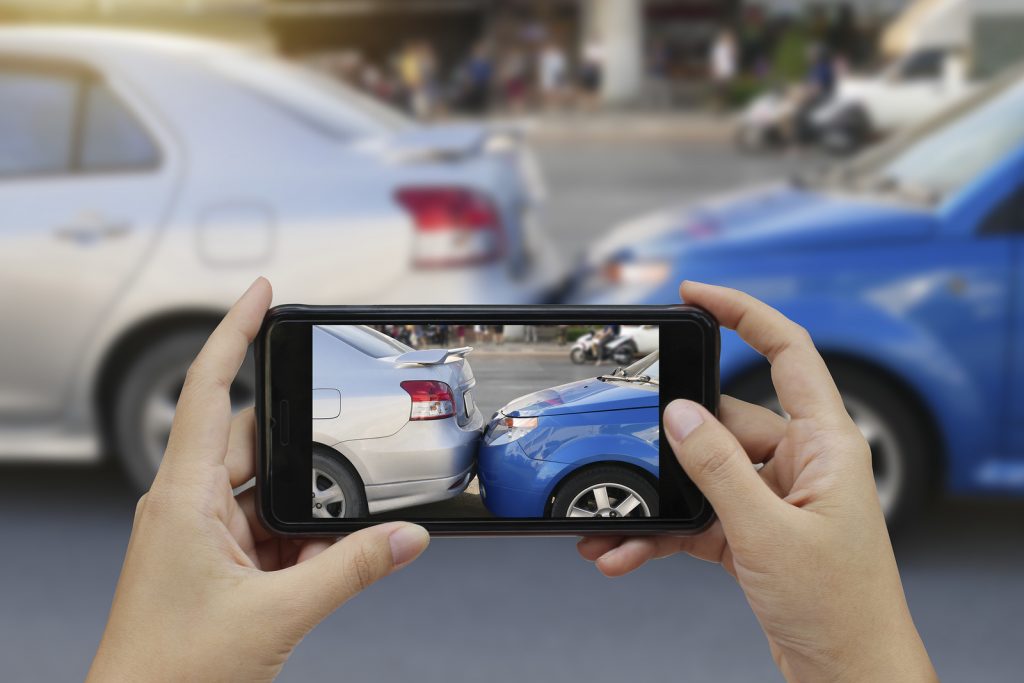Could You Be Injured by an Uninsured Driver?
If you are injured by a driver who has no or inadequate insurance coverage, what is your recourse? What are your rights in Nova Scotia if a driver injures you and flees and cannot be identified? If you find yourself in any of those situations, you’ll need to discuss your legal options with a Nova Scotia personal injury lawyer.
Most people in Nova Scotia presume that if you are injured in an accident that someone else causes, you’ll be covered by that driver’s insurance, but that’s not always true. In fact, there are several situations where you may not be covered by the other motorist’s auto insurance, such as:
- The other motorist does not carry any liability insurance.
- The other motorist doesn’t carry enough liability insurance to cover your damages.
- The other motorist runs from the accident and cannot be found.
In most cases, the injured victim of a negligent motorist has the right to sue for compensation, but what if that motorist has insufficient or no insurance or cannot be located? And how will a Halifax personal injury lawyer help you?
What Should You Know About Uninsured Drivers?
Nova Scotia drivers are required by law to carry at least $500,000 in third-party liability insurance. This coverage is also called public liability and property damage. Although the law requires drivers to have this liability coverage, many nevertheless drive without it.
Why? Some drivers can’t afford car insurance, but they put others at risk and drive anyway. Others may have merely forgotten a payment, and their coverage has lapsed. It’s important to be aware that there are plenty of uninsured drivers on the road in and near the Halifax area.
What is Section D Coverage and How Does It Work?
By statute, all auto policies in Nova Scotia have Section D coverage which allows the person insured to collect from their own auto insurance company if they are injured by an uninsured, under-insured or unidentified motor vehicle
It is important to notify your own insurer as soon as possible after the accident that the other driver had no insurance or limited insurance or could not be located. The Section D claim is made against your own insurance company.
You will be covered up to the limits of your own Section D coverage.
What is the Nova Scotia Uninsured Automobile Fund and How does it Work?
If you don’t have an auto insurance policy and you are injured as a result of the negligent operation of a motor vehicle, and that motor vehicle has no insurance or has inadequate insurance or the owner or driver cannot be identified, you can still receive compensation from the Nova Scotia Uninsured Automobile Fund.
The Uninsured Automobile Fund is administered by the Facility Association and you must make a claim through the Facility Association.
If you have your own auto insurance policy you will not be covered by the Uninsured Automobile Fund as you will claim through your own Section D coverage.
What is SEF-44 Family Protection Coverage and How does it Work?
Nova Scotia drivers do not have to carry SEF-44 Family Protection Coverage, but a personal injury lawyer will tell you it’s a good idea. SEF-44 coverage protects you and your dependent family members who are injured in a traffic accident if an at-fault driver is uninsured or underinsured. Unfortunately, SEF 44 coverage does not apply to claims against an unidentified driver or owner. SEF-44 Family Protection Coverage is usually affordable, and it’s usually easy to add to your current auto insurance policy.
Your SEF-44 endorsement covers any damages sustained in a traffic accident in excess of $500,000 statutory minimum limits, up to your policy limits. However, if you have the same amount of coverage as the other driver, your SEF-44 endorsement is not activated.
The SEF-44 claim is made to your own insurance company.
Could Your Insurance Claim Be Denied?
In some cases, the aftermath of a traffic accident with an uninsured driver can become quite complicated. Even if you have Section D or SEF-44 coverage or are eligible for compensation from the Uninsured Automobile Fund, your auto insurance company or the Facility Association could reject your injury claim or offer you only a “lowball” settlement amount.
You may face unexplained delays or your calls to your insurance company or the Facility Association may not be returned. That’s another reason why, if you are injured in or near Halifax by an uninsured, under-insured or unidentified driver, you must take your case as quickly as possible to a Halifax personal injury lawyer.
Seek the insights and advice of a personal injury lawyer before you speak to or settle with an insurance company or the Facility Association. Your lawyer will see to it that your rights and best interests are protected and will help you fight for the compensation – and for the justice – you deserve and need.
What Should You Remember if You Are Involved in a Traffic Collision?
If you are involved in a traffic collision, write down the other driver’s vehicle description and license plate number. Until police officers arrive, remain alert to signs that the other motorist may try to run from the scene.
Make notes and take photographs of the damage to the vehicles, the general accident scene, and your visible injuries. If there are witnesses, ask for names and contact details. Witness statements and photos that back up your injury claim are persuasive evidence in personal injury cases.
If the driver who injured you has no insurance or cannot be identified, can you be compensated for your accident-related medical costs, lost earnings, and other damages and losses? The answer will hinge on the provisions of your own car insurance policy and the details of your coverage.
Why Will You Require a Medical Examination?
If another motorist injures you in a traffic accident, call immediately for medical help first for yourself and anyone else who has been injured, and then write down the other motorist’s license plate number. If you are obviously injured, you may be taken to a hospital or treated at the scene.
But even if you’re feeling fine, have a medical provider examine you – within 24 hours if possible – after a traffic accident. You may have suffered a latent or hard-to-detect injury and not even realize it. You also need that exam to document how you were injured and how seriously.
After you are examined and treated, immediately schedule a consultation with a Nova Scotia personal injury lawyer. If the other driver was uninsured, underinsured, or can’t be found, what happens next will depend on your coverage and the provisions of your car insurance policy.
Take Your Personal Injury Case to McKiggan Hebert
If you have been injured by an uninsured or unidentified motorist in Nova Scotia, or if you are victimized this way in the future, you must be represented by a personal injury lawyer who understands how insurance companies negotiate and how to prevail if your case goes to trial.
The award-winning personal injury team at McKiggan Hebert Lawyers has decades of legal experience succeeding with personal injury claims on behalf of the victims of negligent drivers in the Halifax area and throughout Nova Scotia.
If you become our client at McKiggan Hebert Lawyers, you will owe no lawyer’s fee until your compensation is recovered. After you’ve been treated for your injury, call McKiggan Hebert Lawyers at 902-706-2298 to schedule your no-obligation, no-cost first legal consultation.










